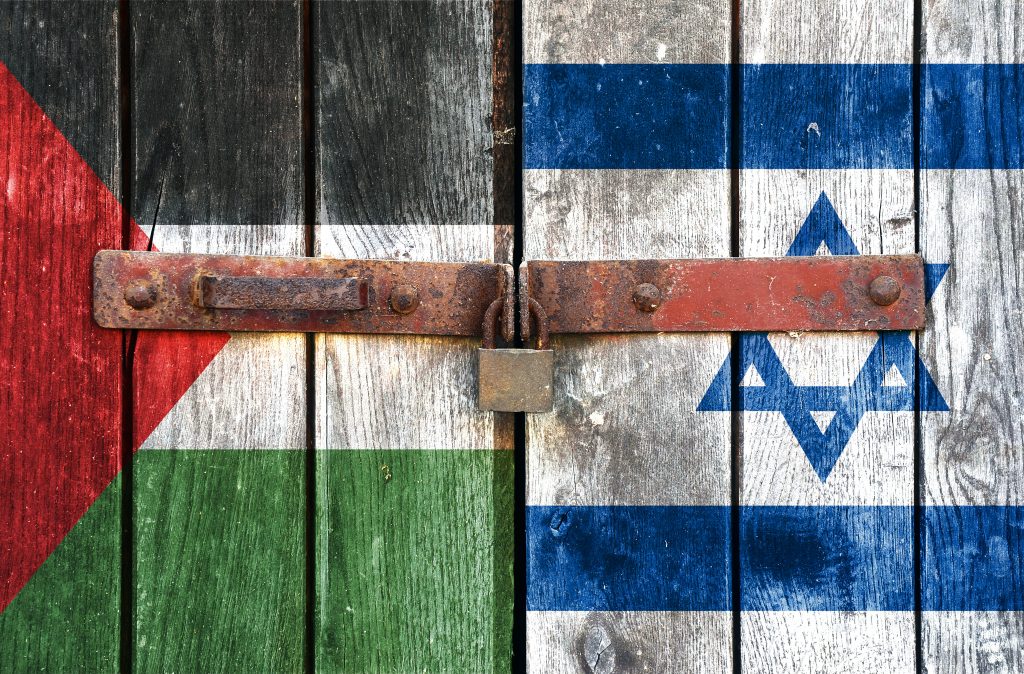The Israeli-Palestinian conflict
The Israeli-Palestinian conflict is one of the most complicated issues in the world. The conflict revolves around the division of the areas of British Mandatory Palestine and arose after World War II. At this time, the Zionist Congress decided that Palestine would be the location of the Jewish state. Since the founding of the Jewish state of Israel in 1948, there has been a struggle between Palestinians and Israelis over who gets which portion of the land. Despite multiple peace negotiations, accords, and wars, there is an ongoing conflict to this today and there is still no hope for peace.
Cause of the Israeli-Palestinian conflict
The protracted conflict has an eventful history with roots in the First World War. Mandatory Palestine was in the hands of the British. Many Palestinian Arabs lived in this territory, but more and more Jews began to settle in their historical and Biblical homeland. On 2 November 1917, the British government issued the Balfour Declaration, promising a national home for the Jews. It was the beginning of an ongoing conflict in which the whole world became involved.
The UN Partition Plan
After the Second World War, the situation in British Mandatory Palestine was out of control, so a partition plan was drawn up. At the General Assembly in 1947, the United Nations approved this UN Partition Plan. This two-state solution divided the territory between the Jews and the Arabs. Both groups were allowed to establish their own state with Jerusalem as an international zone. The plan served as the first step towards peace in the area.
The Jewish population, led by David Ben-Gurion, agreed to the plan. However, the Arabs did not accept the partition plan and continued to resist. As a result, the partition plan was never realized. In fact, the surrounding Arab countries declared war on Israel. What followed was a decades-long battle for territory, which continues to this day.





